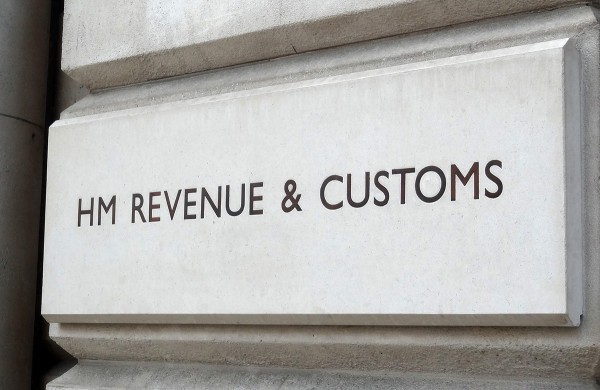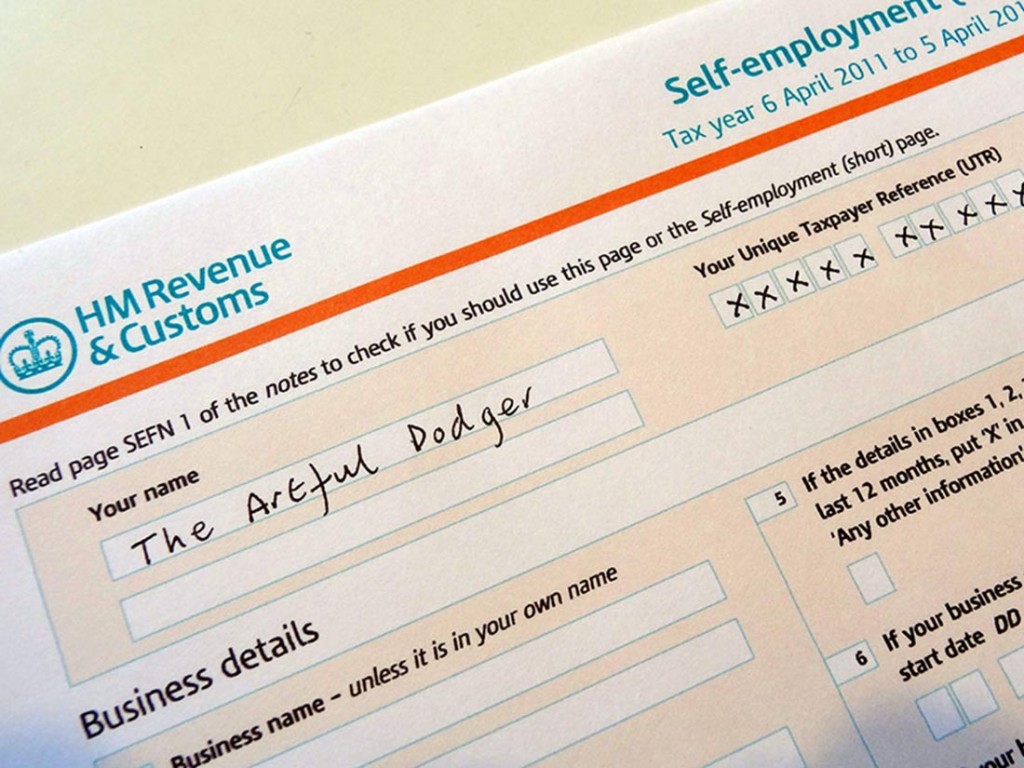 With waiting lists in the NHS at record highs and with the social care system in crisis, there have been growing calls for increased funding for both health and social care. The UK government has just announced tax rises to raise more revenue for both services and has specified new limits on the amounts people must pay towards their care.
With waiting lists in the NHS at record highs and with the social care system in crisis, there have been growing calls for increased funding for both health and social care. The UK government has just announced tax rises to raise more revenue for both services and has specified new limits on the amounts people must pay towards their care.
In this blog we look at the new tax rises and whether they are fair. We also look at whether the allocation of social care is fair. Clearly, the question of fairness is a contentious one, with people having very different views on what constitutes fairness between different groups in terms of incomes, assets and needs.
Funding
In terms of funding, the government has, in effect, introduced a new tax – the ‘health and social care levy’ to come into effect from April 2022. This will see a tax of 1.25% on the earned incomes of workers (both employees and the self-employed) and 1.25% on employers, making a total of 2.5% on employment income. It will initially be added to workers’ and employers’ national insurance (NI) payments. Currently national insurance is only paid by those below pension age (66). From 2023, the 1.25% levy will be separated from NI and will apply to pensioners’ earned income too.
The starting point for workers will be the same as for the rest of national insurance, currently £9568. Above this, the additional marginal rate of 1.25% will apply to all earned income. This will mean that a person earning £20 000 would pay a levy of £130.40, while someone earning £100 000 would pay £1130.40.
There will also be an additional 1.25% tax on share dividends. However, there will be no additional tax on rental income and capital gains, and on private or state pensions.
 It is estimated that the levy will raise around £14 billion per year (0.7% of GDP or 1.6% of total tax revenue), of which £11.2 billion will go to the Department of Health and Social Care in 2022/23 and £9 billion in 2023/24. This follows a rise in income tax of £8 billion and corporation tax of £17 billion announced in the March 2021 Budget. As a result, tax revenues from 2022/23 will be a higher proportion of GDP (just over 34%) than at any time over the past 70 years, except for a short period in 1969/70.
It is estimated that the levy will raise around £14 billion per year (0.7% of GDP or 1.6% of total tax revenue), of which £11.2 billion will go to the Department of Health and Social Care in 2022/23 and £9 billion in 2023/24. This follows a rise in income tax of £8 billion and corporation tax of £17 billion announced in the March 2021 Budget. As a result, tax revenues from 2022/23 will be a higher proportion of GDP (just over 34%) than at any time over the past 70 years, except for a short period in 1969/70.
Is the tax fair?
In a narrow sense, it can be argued that the levy is fair, as it is applied at the same percentage rate on all earned income. Thus, the higher a person’s earnings, the greater the amount they will pay. Also, it is mildly progressive. This is because, with a levy-free allowance of just under £10 000, the levy as a proportion of income earned rises gently as income rises: in other words, the average levy rate is higher on higher earners than on lower earners.
But national insurance as a whole is regressive as the rate currently drops from 12% to 2%, and with the levy will drop from 13.25% to 3.25%, once the upper threshold is reached. Currently the threshold is £50 270. As incomes rise above that level, so the proportion paid in national insurance falls. Politically, therefore, it makes sense to decouple the levy from NI, if it is being promoted as being fair as an additional tax on income earners.
Is it fair between the generations? Pensioners who earn income will pay the levy on that income at the same rate as everyone else (but no NI). But most pensioners’ main or sole source of income is their pensions and some, in addition, earn rent on property they own. Indeed, some pensioners have considerable private pensions or rental income. These sources of income will not be subject to the levy. Many younger people whose sole source of income is their wages will see this as unfair between the generations.
Allocation of funds
 For the next few years, most of the additional funding will go to the NHS to help reduced waiting lists, which rocketed with the diversion of resources to treating COVID patients. Of the additional £11.2 billion for health and social care in 2022/23, some £9.4 billion will go to the NHS; and of the £9 billion in 2023/24, some £7.2 billion will go to the NHS. This leaves only an additional £1.8 billion each year for social care.
For the next few years, most of the additional funding will go to the NHS to help reduced waiting lists, which rocketed with the diversion of resources to treating COVID patients. Of the additional £11.2 billion for health and social care in 2022/23, some £9.4 billion will go to the NHS; and of the £9 billion in 2023/24, some £7.2 billion will go to the NHS. This leaves only an additional £1.8 billion each year for social care.
The funding should certainly help reduce NHS waiting lists, but the government refused to say by how much. Also there is a major staff shortage in the NHS, with many employees having returned to the EU following Brexit and fewer new employees coming from the EU. It may be that the staff shortage will push up wages, which will absorb some of the increase in funding.
The additional money from the levy going to social care would be wholly insufficient on its own to tackle the crisis. As with the NHS, the social care sector is facing an acute staff shortage, again aggravated by Brexit. Wages are low, and when travel time between home visits is taken into account, many workers receive well below the minimum wage. Staff in care homes often find themselves voluntarily working extra hours for no additional pay so as to provide continuity of care. Often levels of care are well below what carers feel is necessary.
Paying for social care
 The government also announced new rules for the level of contributions by individuals towards their care costs. The measures in England are as follows. The other devolved nations have yet to announce their measures.
The government also announced new rules for the level of contributions by individuals towards their care costs. The measures in England are as follows. The other devolved nations have yet to announce their measures.
- Those with assets of less than £20 000 will not have to contribute towards their care costs from their assets, but may have to contribute from their income.
- Those with assets between £20 000 and £100 000 will get means-tested help towards their care costs.
- Those with assets over £100 000 will initially get no help towards their care costs. This is increasing from the current limit of £23 250
- There will be a limit of £86 000 to the amount people will have to contribute towards their care costs over their lifetime (from October 2023). These costs include both care in a care home and care at home.
- These amounts will apply only to care costs and not to the board and lodging costs in care homes. The government has not said how much people could be expected to contribute towards these living costs. A problem is that care homes generally do not itemise costs and hence it may be hard to distinguish care costs from living costs.
- Where people’s care costs are fully or partly covered, these will be paid by their local authority.
- A house will only count as a person’s asset if the person is going into a care home and it is not occupied by a spouse or partner. All financial assets, by contrast, will count.
- Many people in care homes will not be judged to be frail enough to be in receipt of support from their local authority. These people’s expenditure would not count towards the cap.
Setting the cap to the amount people must pay at the relatively high figure of £86 000 may ease the pressure on local authorities, as many people in care homes will die before the cap is reached. However, those who live longer and who get their care paid for above the cap, will pay no more no matter what their level of assets, even though they may be very rich. This could be seen to be unfair. A fairer system would be one where a proportion of a person’s assets had to be used to pay for care with no upper limit.
Also, the £1.8 billion is likely to fall well short of what local authorities will need to bring social care back to the levels considered acceptable, especially as the asset limit to support is being raised from £23 250 to £100 000. Local authority expenditure on social care fell by 7.5% per person in real terms between 2009/10 and 2019/20. This means that local authorities may have to increase council tax to top up the amount provided by the government from the levy.
Articles
- An initial response to the Prime Minister’s announcement on health, social care and National Insurance
- National Insurance rates to rise to fund social care crisis – how much more will you pay?
- Social care tax rise: Boris Johnson wins Commons vote
- Will the cap really fix the social care system?
- National Insurance contributions to rise by 1.25% from April 2022 to fund social care costs
- Boris Johnson plan to fund health and social care lifts UK tax burden to 70-year high
- Boris Johnson has created a ‘social care plan’ without any plan for social care
- Analysis: The Government’s plans for health and social care
- Analysis: What does Boris Johnson’s health and social care tax mean for Scotland?
- Social care tax rise is austerity by another name – economist Q&A
- National insurance: a UK tax which is complex and vulnerable to political intervention
Institute for Fiscal Studies Press Release, Paul Johnson, Carl Emmerson, Helen Miller, David Phillips, George Stoye, Isaac Delestre, Isabel Stockton, Kate Ogden, Robert Joyce, Stuart Adam, Tom Waters, Max Warner and Ben Zaranko (7/9/21)
Which? News, Danielle Richardson (7/9/21)
BBC News (8/9/21)
BBC News, Nick Triggle (8/9/21)
Money Saving Expert, James Flanders (7/9/21)
Financial Times, George Parker, Laura Hughes and Chris Giles (7/9/21)
The Guardian, Frances Ryan (7/9/21)
Reform, William Mills (8/9/21)
The Scotsman, Martyn McLaughlin (7/9/21)
The Conversation, Alex de Ruyter (8/9/21)
The Conversation, Gavin Midgley (8/9/21)
Video
 Johnson admits breaking manifesto promise on tax rises for health and social care
Johnson admits breaking manifesto promise on tax rises for health and social care
Channel 4 News (7/9/21)
Government document
- Building Back Better: Our Plan for Health and Social Care
HM Government (7/9/21)
Data
- Public Finances Databank
Office for Budget Responsibility
Questions
- How would you define a ‘fair’ way of funding social care?
- Distinguish between a proportional, progressive and regressive tax. How would you categorise (a) the new health and social care levy; (b) national insurance; (c) income tax; (d) VAT?
- Argue the case for providing social care free at the point of use to all those who require it.
- Argue the case for charging a person for some or all of their social care, with the amount charged being based on (a) the person’s income; (b) the person’s wealth; (c) both income and wealth.
- Argue the case for and against capping the amount a person should pay towards their social care.
- When a tax is used to raise revenue for a specific purpose it is known as a ‘hypothecated tax’. What are the advantages and disadvantages of using a hypothecated tax for funding health and social care?




